Types of ML#
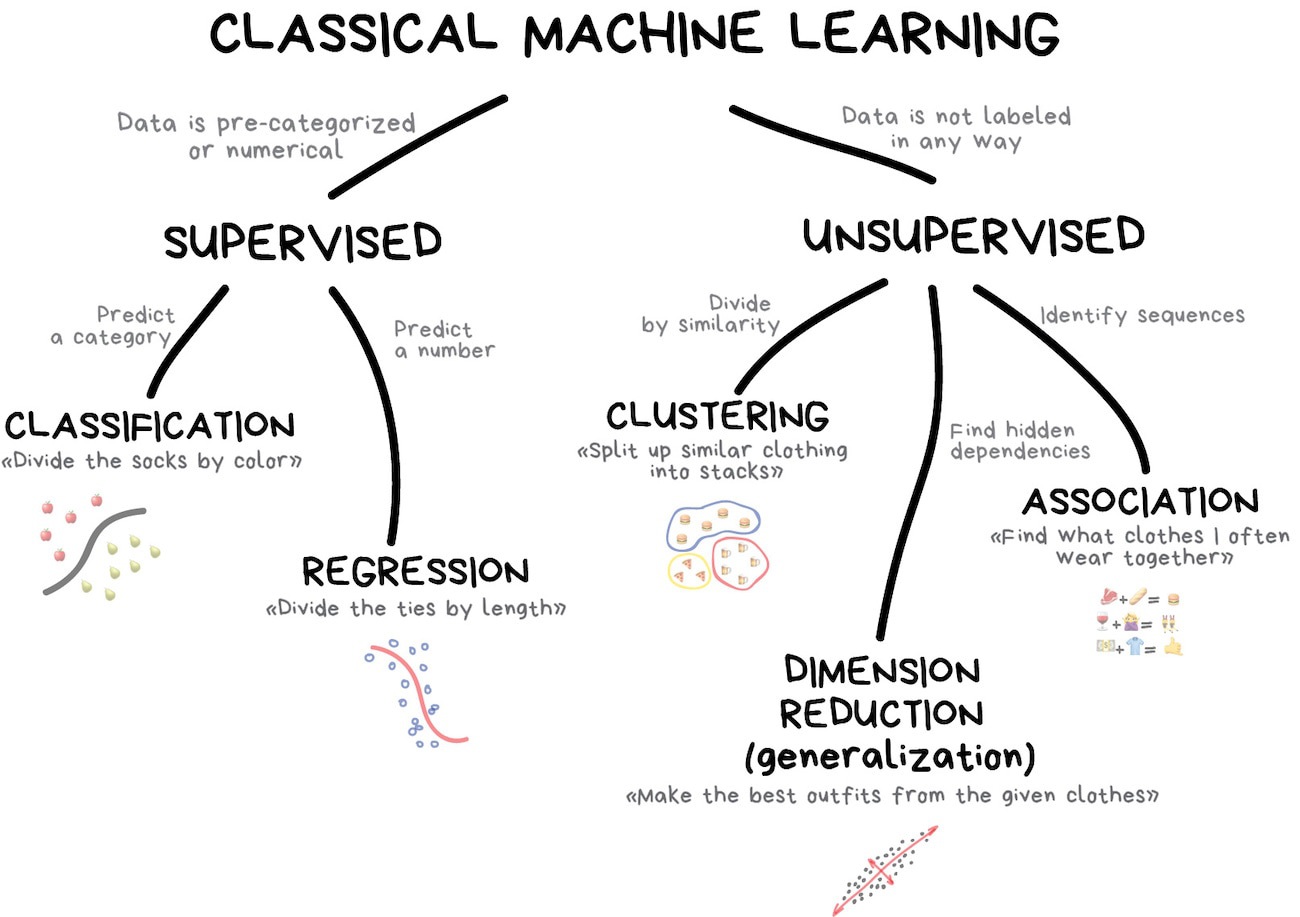
Supervised Learning#
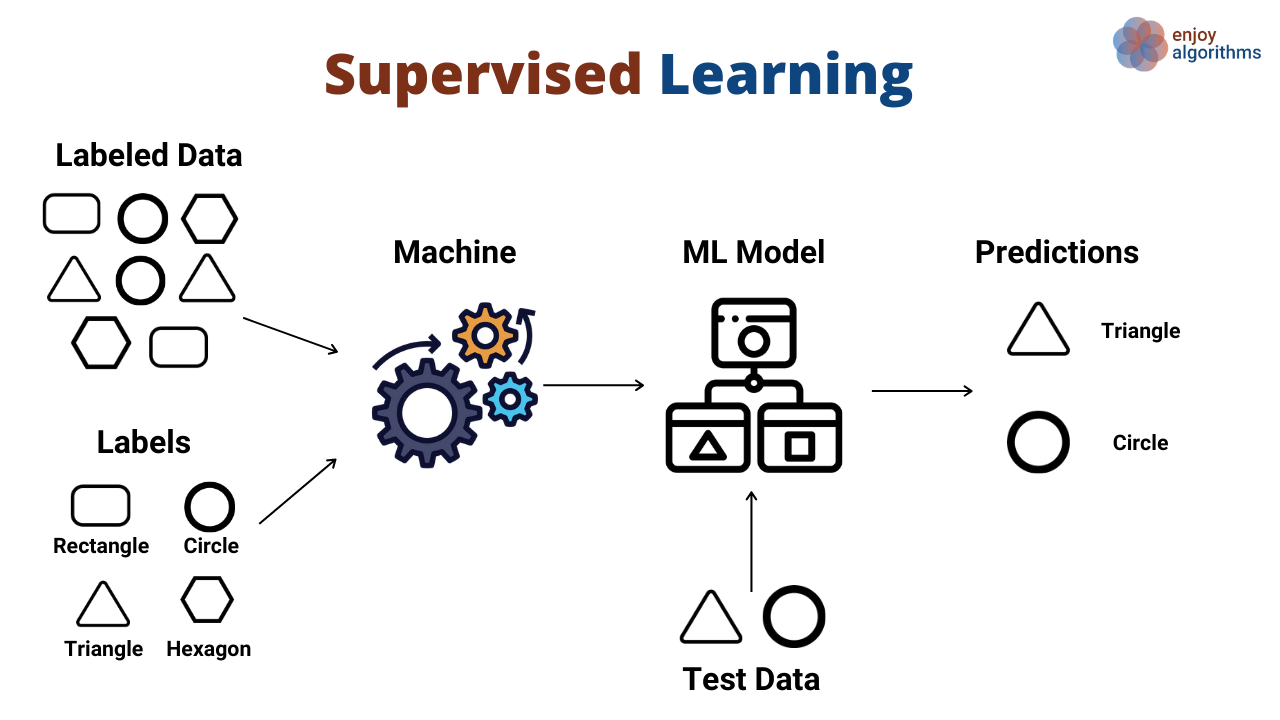
In supervised learning, the model is trained on a labeled dataset, meaning each training example is paired with an output label. The goal is to learn a mapping from inputs to outputs so that the model can predict labels for unseen data.
Unsupervised learning#
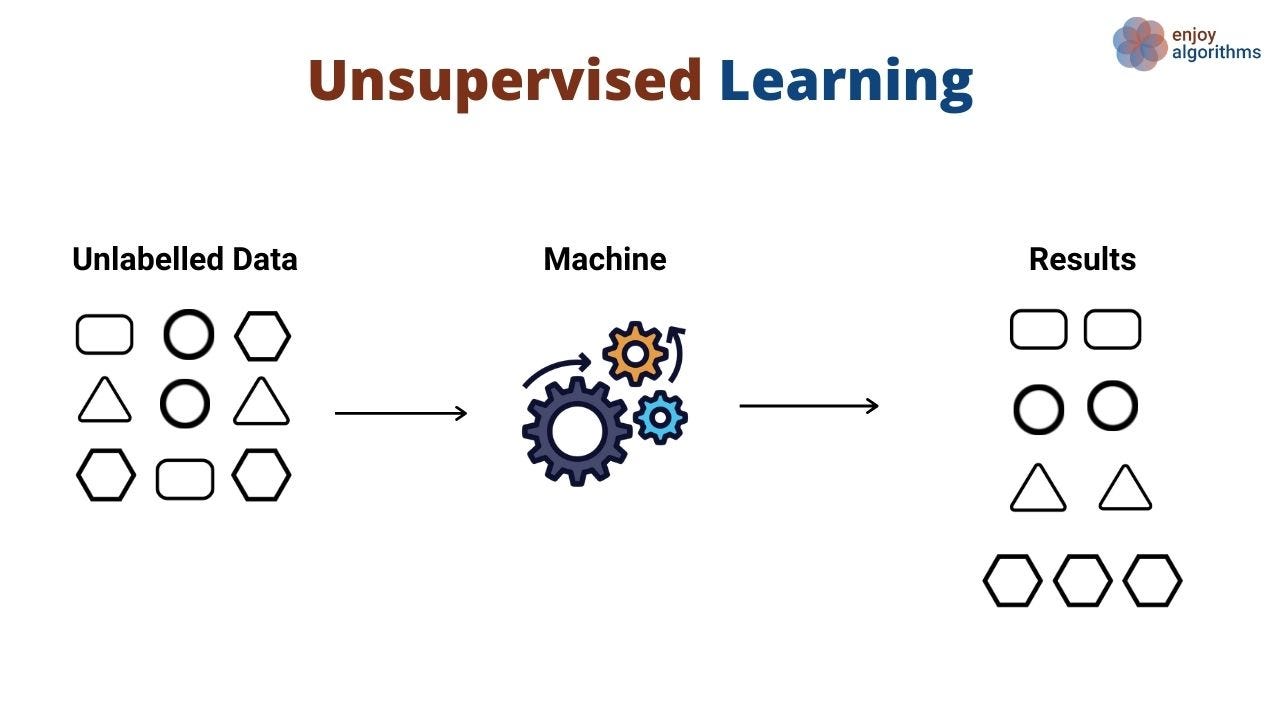
Unsupervised learning involves training a model on data that does not have labeled responses. The goal is to discover underlying patterns or structures in the data, such as grouping similar items together.
Examples of unsupervised learning tasks:
clustering
dimension reduction
discovering latent factors
searching for association rules
Semisupervised learning#
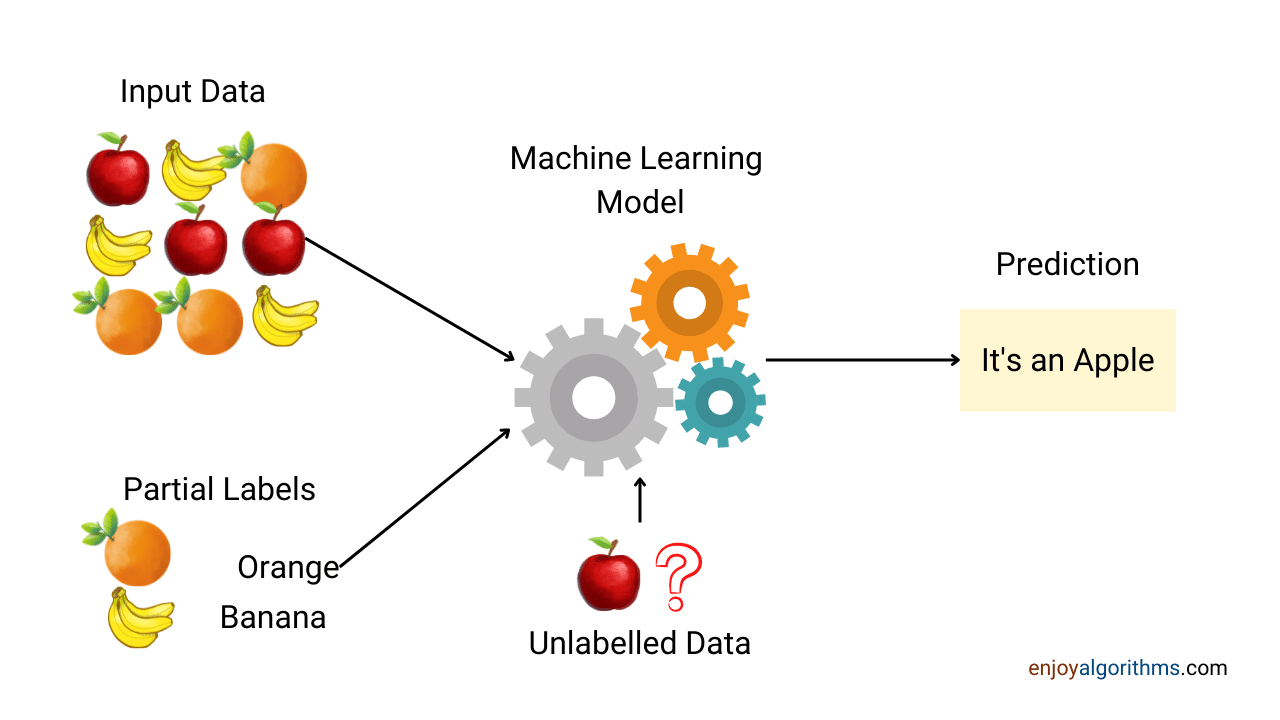
Semi-supervised learning comes into play when you have a dataset that contains both labeled and unlabeled data. Semi-supervised learning is often used in scenarios where obtaining labeled data is expensive, time-consuming, or otherwise challenging.
Reinforcement learning#
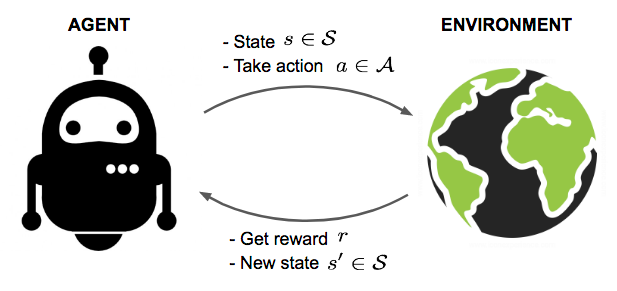
Reinforcement learning is a machine learning paradigm where an agent learns to make sequential decisions by interacting with an environment. It aims to maximize a cumulative reward signal by exploring actions and learning optimal strategies through trial and error.
